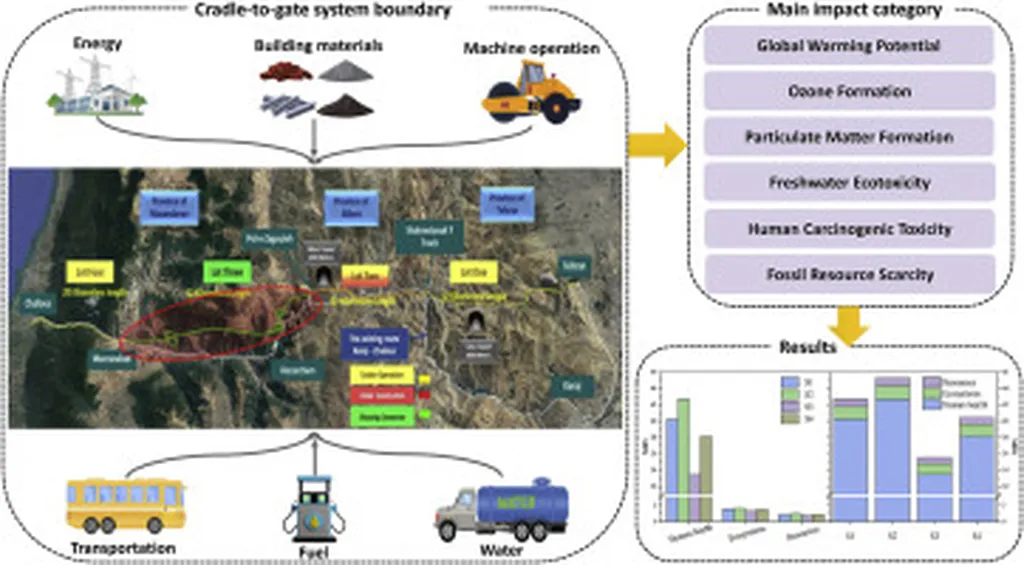In the world of road construction, concrete pavements are a ubiquitous choice, but their economic, environmental, and social impacts are complex and often understudied. A recent literature review published in the journal ‘مهندسی عمران شریف’ (Civil Engineering Shiraz) by Mohammad Saleh Entezari of the Faculty of Civil and Environmental Engineering at Amirkabir University of Technology in Tehran, Iran, sheds light on these multifaceted impacts and calls for a more comprehensive approach to assessing the life-cycle sustainability of concrete pavements.
The study, titled “Economic, Environmental, and Social Assessment of Concrete Pavement Life Cycle: A Literature Review,” highlights significant challenges in the pavement industry, including high construction and maintenance costs, substantial energy consumption, pollution emissions during material production, and adverse impacts of work zones on workers and communities. These challenges are evaluated through life-cycle assessment (LCA) tools, forming the basis of life-cycle sustainability assessment (LCSA).
Entezari’s review outlines the historical development of LCSA and its methodological steps based on existing standards. It critically examines concrete pavement LCSA studies, identifying key gaps. For instance, only 25% of studies address the use phase, and a mere 20% consider the end-of-life stage. Within the use phase, common focuses include roughness-induced fuel consumption, vehicle operation costs, and work zone impacts such as traffic delays and increased fuel consumption.
“Pavement albedo, carbonation, and lighting effects were analyzed in only one study,” notes Entezari, highlighting the need for more comprehensive research. CO₂ emissions were the most frequent life-cycle inventory (LCI) item, mentioned in 11 references, underscoring the environmental concerns associated with concrete production.
To address these limitations, Entezari proposes a standardized framework for scope definition in concrete pavement LCSA. This framework aims to ensure the comprehensive inclusion of unit processes across all life-cycle stages, enhancing the reliability of results. The study concludes with recommendations for future research to advance LCSA methodologies.
The implications of this research are significant for the energy sector and beyond. As Entezari explains, “A more holistic approach to LCSA can help stakeholders make informed decisions that balance economic, environmental, and social factors.” This could lead to more sustainable and cost-effective pavement solutions, reducing energy consumption and pollution emissions while minimizing disruptions to workers and communities.
For the energy sector, understanding the life-cycle impacts of concrete pavements is crucial. As infrastructure projects increasingly focus on sustainability, the insights from this research can guide the development of more efficient and environmentally friendly construction practices. By adopting a comprehensive LCSA approach, stakeholders can optimize resource use, reduce costs, and mitigate environmental impacts, ultimately contributing to a more sustainable future.
Entezari’s work serves as a call to action for researchers, policymakers, and industry professionals to collaborate and advance LCSA methodologies. As the field evolves, the integration of economic, environmental, and social considerations will be essential in shaping the future of pavement construction and management.

